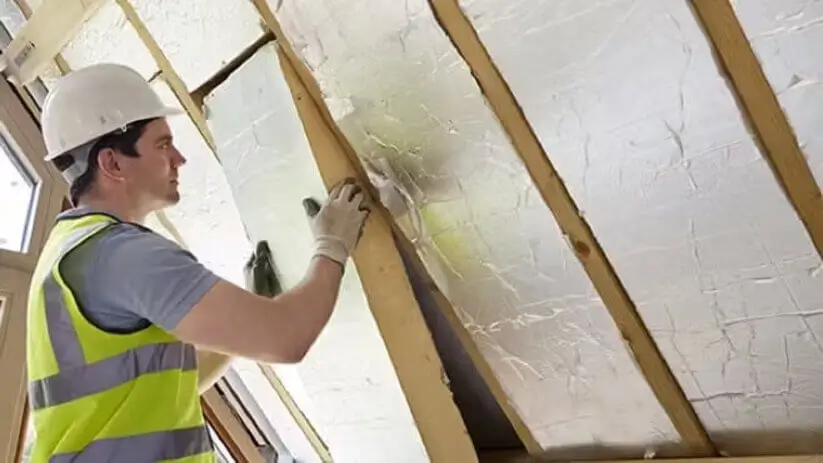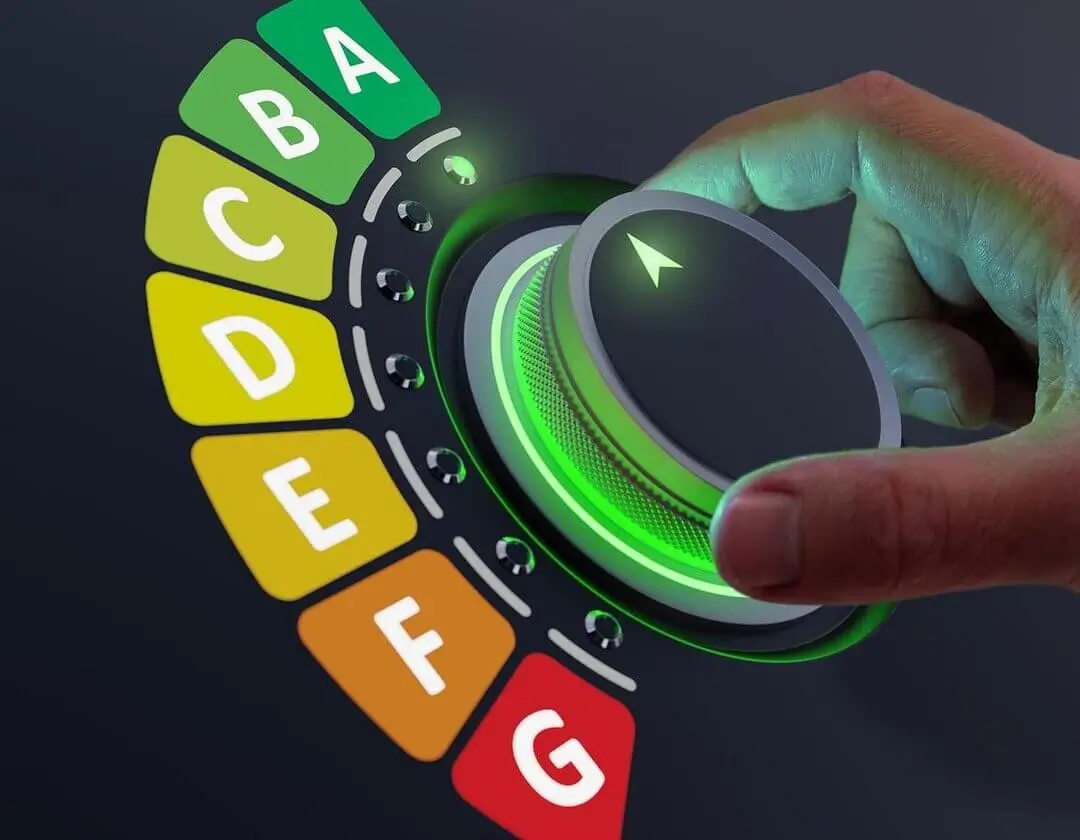Top Tips to Improve Your EPC Rating
Improving your property’s EPC (Energy Performance Certificate) rating is one of the most practical ways to cut energy use, lower carbon emissions, and boost the value of your home or commercial building. Whether you’re planning to sell, rent, or simply want to make your property more efficient and future-ready, small and large upgrades alike can have a big impact.
Your EPC outlines how energy efficient your building is, rated from A (most efficient) to G (least efficient). Learn what an EPC is and who needs one. It also includes a list of recommended improvements that can help boost your rating — often by one or even two bands.
Below, we’ve listed the most common ways to improve your EPC rating. The list starts with low-cost, simple upgrades and moves toward larger, more impactful improvements.

1. Switch to LED Lighting
Swapping traditional halogen or incandescent bulbs for energy-efficient LED lighting is a simple and effective upgrade. LED bulbs use far less energy and last longer — and EPC assessors often check what percentage of fixed lighting outlets are fitted with low-energy bulbs, making this a simple way to boost your rating.
2. Insulate Your Hot Water Cylinder
If you have a hot water tank, make sure it’s insulated with a thick jacket. Topping up your insulation helps reduce heat loss and improves hot water efficiency — something the EPC software will recognise by noting lower standing heat losses in the system.
3. Install Heating Controls
Upgrading your heating controls (like adding a room thermostat, programmer, and thermostatic radiator valves) helps manage your heating more efficiently. It’s often listed as a key recommendation on EPC reports and can make a noticeable difference to your score.
4. Upgrade Your Boiler
If your current boiler is over 15 years old, it’s probably inefficient. Replacing it with an A-rated condensing boiler — especially when combined with modern controls — can significantly improve your EPC rating.
5. Improve Loft Insulation
A poorly insulated loft lets a lot of heat escape. Most homes benefit from topping up insulation to the current recommended depth. Loft insulation is inexpensive, easy to install, and one of the most common EPC recommendations.
If your property has a flat roof or a converted loft room, traditional loft insulation may not apply. In these cases, insulating the roof itself — either between or above the rafters — is essential to reducing heat loss and improving efficiency. This is particularly important for top-floor flats or properties with rooms in the roof, where thermal performance is often weaker without proper insulation.
6. Add Wall Insulation
Cavity wall insulation is relatively straightforward and delivers major improvements in energy efficiency. Solid wall insulation (internal or external) is more involved but can have a substantial impact on your EPC.
7. Insulate Your Floor
Ground floors lose heat too — particularly in older homes with suspended timber floors. Insulating beneath the floorboards or sealing gaps can reduce draughts and heat loss, improving comfort and efficiency. Draught-proofing in particular is a quick and inexpensive way to cut down on air leakage, which also supports a higher EPC score.
8. Upgrade Windows to Double or Triple Glazing
Old single-glazed windows are a common culprit of energy loss. Replacing them with modern, double-glazed units improves thermal performance and often appears as a mid-tier recommendation in EPC reports. For even better insulation, triple glazing can be considered — especially in colder regions or for properties aiming for the highest efficiency levels. While the EPC improvement from triple glazing over double glazing is smaller, it can help optimise overall performance when paired with other upgrades.
9. Install Solar PV and Renewables
Generating your own renewable energy can significantly raise your EPC rating. Solar photovoltaic (PV) panels are the most common choice, converting sunlight into electricity and reducing your reliance on grid power. Other renewable options — such as solar thermal systems for hot water, air or ground-source heat pumps, and biomass boilers — may also boost your EPC, depending on your existing heating setup and property type. While renewables often involve a higher upfront investment, they offer long-term benefits in energy efficiency, carbon reduction, and future-proofing your building against rising standards — see RdSAP 10 changes to understand how assessments are evolving. Some energy-saving measures may be eligible for support through the government’s Green Deal scheme.
Final Tip: Follow Your EPC’s Recommendations
Every property is different. Your current EPC will include a tailored list of recommendations — from low-cost tweaks to major upgrades. These suggestions are designed to help you get the best energy performance for your specific building. If you’re planning to get a new certificate, see what EPCs cost in 2025 so you know what to expect before booking an assessment.
To ensure improvements are properly reflected in your next EPC, it’s a good idea to keep documentation, such as installation receipts or product details, especially for upgrades that may not be immediately visible to the assessor. For more on when to update your certificate, see how long an EPC lasts and when you should renew it.
Need an EPC? Our network of qualified, independent energy assessors handle both domestic and commercial EPCs. Visit the Areas We Cover page to find your local assessor.
